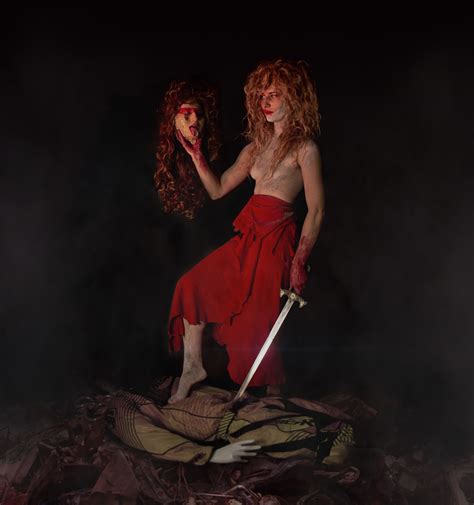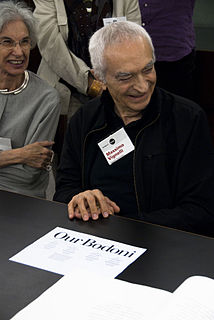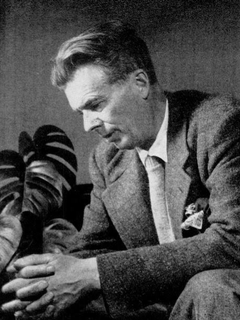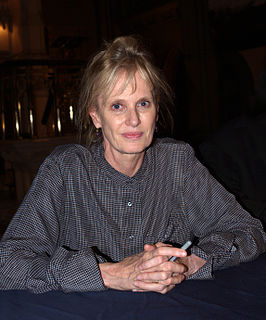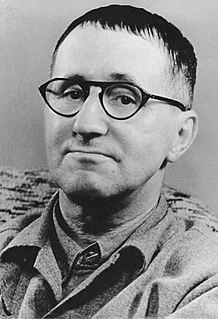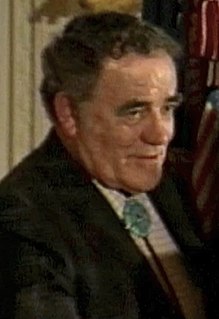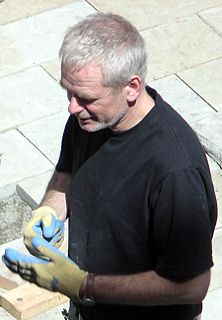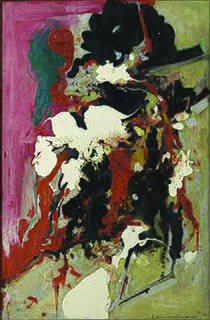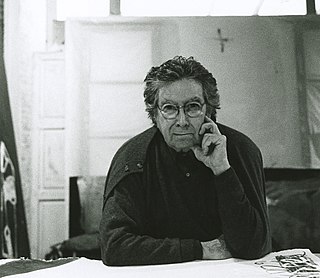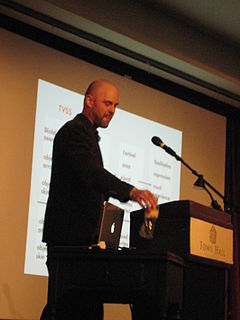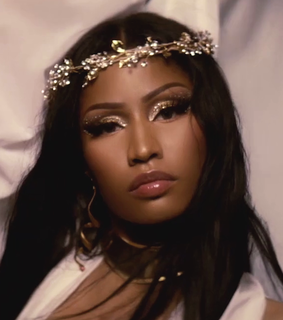A Quote by Craig Owens
The postmodernist critique of representation undermines the referential status of visual imagery, its claim to represent reality as it really is - either the appearance of things or some ideal order behind or beyond appearance.
Related Quotes
Most loverspicture to themselves, in their mistresses, a secret reality, beyond and different from what they see every day. They are in love with somebody else--their own invention. And sometimes there is a secret reality; and sometimes reality and appearance are the same. The discovery, in either case, is likely to cause a shock.
There is something evocative about the idea of destruction. This act of destruction is the expression of an idea... that what we call reality is not real at all. When I draw a head, for example, I immediately feel an urge to destroy it, to erase it, because the drawing only captures an outward appearance, and for me the vital issue is what lies behind the visual form of the head.
Perceiving how things are is a mode of exploring how things appear. How they appear is, however, an aspect of how they are. To explore appearance is thus to explore the environment, the world. To discover how things are, from how they appear, is to discover an order or pattern in their appearance. The process of perceiving, of finding out how things are, is a process of meeting the world; it is an activity of skillful exploration.

